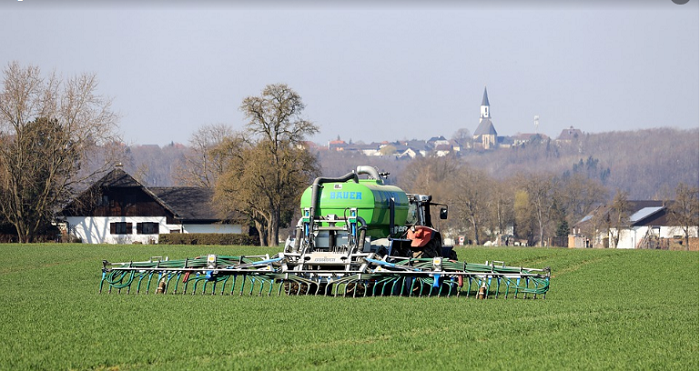
Exhibition time: 17-19 March, 2026 Shanghai, China
 中文
中文

Exhibition time: 17-19 March, 2026 Shanghai, China
 中文
中文
Regulation of Biostimulants in EU and USA

Key words of the passage: Biostimulants; Fertilizer; Country; Regulation
EU 2019/1009
In 2009, work started in Europe to lay down rules on making available on the market all kinds of fertilizing products, including biostimulants.
Finally, after ten (10) years of consultation, writing, discussion and time for validation and signature process, the Regulation (EU) 2019/1009* on fertilising products was published on the Official Journal of the European Union the 25 of June 2019. This text will be fully applicable on the 16 of July 2022.
Europe decided to define biostimulants by a functional approach with four kind of functions/claims. The harmonized definition of a biostimulant is “a product stimulating plant nutrition processes independently of the product’s nutrient content with the sole aim of improving one or more of the following characteristics of the plant or the plant rhizosphere:
(a) nutrient use efficiency
(b) tolerance to abiotic stress
(c) quality traits
(d) availability of confined nutrients in soil or rhizosphere”
This definition is associated with a clarification that biostimulants are fertilizing products and are not plant protection products.
The text also defines which component material can be used (and only these) to produce biostimulants like “Plants, plant parts or plant extracts” or “Micro-organisms”. These categories of materials are called “Component Material Categories” (CMC). Eleven (11) CMC are defined in the Regulation. For Micro-organisms (CMC 7), only four (4) are listed in the Regulation: Azotobacter spp., Mycorrhizal fungi, Rhizobium spp. and Azospirillum spp.
In order to ensure the compliance with all the Regulation requests, standards are in process of being developed prior the full application of the Regulation in July 2022. (STANDARDIZATION: CEN/TC 455)

USA
Until recently, there has been no specific regulation for biostimulants in the US, but some great progress has been made.
On December 20, 2018, the Agriculture Improvement Act of 2018, received President Donald Trump’s signature and became law.
During 2019, the Secretary shall submit a report on plant biostimulants to the President and Congress that identifies any potential regulatory, non-regulatory, and legislative recommendations, including the appropriateness of any definitions for plant biostimulant, to ensure the efficient and appropriate review, approval, uniform national labeling, and availability of plant biostimulant products to agricultural producers. This report will be made after different consultations of the Administrator of the Environmental Protection Agency, the several States, industry stakeholders.
The current definition of plant Biostimulant is a “substance or micro-organism that, when applied to seeds, plants, or the rhizosphere, stimulates natural processes to enhance or benefit
(a) nutrient uptake,
(b) nutrient efficiency,
(c) tolerance to abiotic stress,
(d) crop quality
(e) or yield”

Source: biostimulant.com
